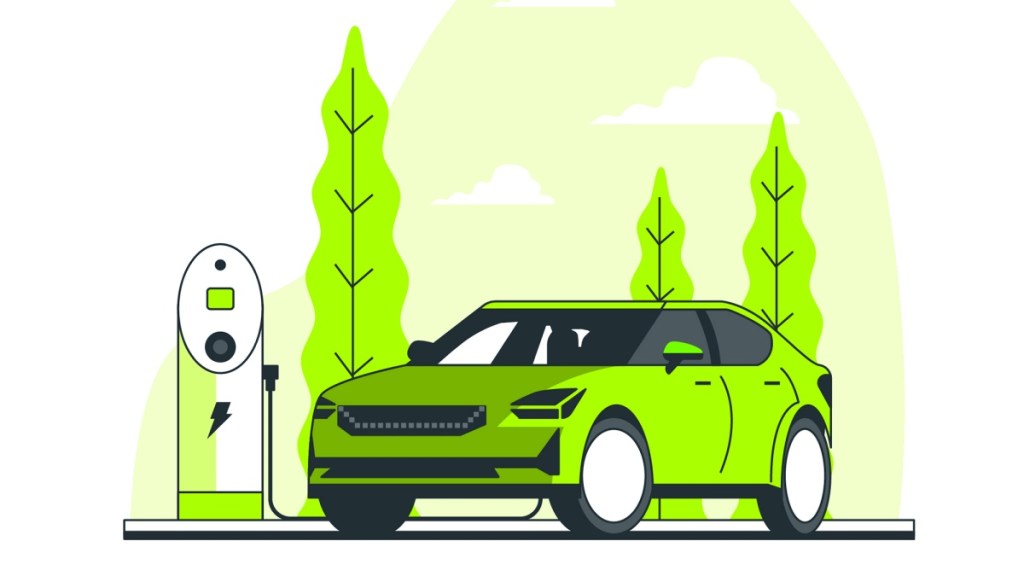The Future of Mobility is electric, as industry leaders foresee it. Passenger vehicles and public transport will contribute the most towards cleaner emissions, however, the market is not ready yet. EVs alone are not enough though, as the source of electricity also needs to be clean, which India is working towards.
Speaking at the Future of Mobility Summit 2022, industry leaders share their views and expertise on how India can attain significant electrification by 2030 and how the country can become carbon-neutral by 2070.
In the inaugural session, Naveen Munjal, Managing Director of Hero Electric, CV Raman, CTO of Maruti Suzuki, Mahesh Babu, CEO of Switch Mobility, and Rajeev Singh, Partner and Automotive Leader shared their vision of mobility in India.
In the inaugural address, Naveen Munjal said, “India has seen major changes in the last 6 months to a year, and the country is poised for EVs with strong tailwinds”. He added the new policies, especially the FAME II policy that was updated in June 2020 has contributed towards EV sales.
He also highlighted the numerous state policies concerned with EVs, although most are towards manufacturing, some are in place to create demand as well. The new PLI schemes for battery and chip manufacturing is also a welcome move towards clean mobility.
When speaking about electric mobility and infrastructure, different segments need their unique solutions. Speaking on the two-wheeler segment, Naveen Munjal said that these vehicles are usually plugged in overnight and are used during the day. During usage, they can have conventional charging, have battery swapping options, or portable batteries that can be charged inside the apartment complex.
However, the industry has to standardise components, be it battery management systems so that different brands of batteries can be used, or even the form factor. Also, EVS sold to date belong to three categories — slow speed, city speed, and high speed. In recent times, the trend has changed from the slow speed to city speed EVs which is a good sign.
What is helping EV seles is that the initial cost of ownership has come down, and the subsidies are like a cream on the cake, making it better. Running charge has also come down comparatively in favour of EVs. Munjal adds that in the next 3 to 4 years, India will become a 6 million units EV market compared to the current 1.5 lakh units.
“Sustainability will be key for the future,” said CV Raman. In the coming years, there will be a few megatrends to look out for, such as climate change, digital technologies, and cyber security, which is already becoming more important. Also, AR and VR tech is becoming more important when it comes to selling cars. Also, more people are moving to urban locations. All these are trends to watch out for.
However, India faces its own problems — pollution, affordability, high import taxes, and road accidents — India ranks second globally. Due to various such factors, connected and shared mobility is apt for India. He added, ICEs will be there in the short term, but will gradually move to electrification in the long run, which will have the needed impact.
Also, the two and three-wheeler market needs electrification priority although the impact will be moderate because the market is ready. Passenger vehicles and public transport will have the maximum impact, however, the market readiness for these is low at the moment.
“Clean, convenient, and connected mobility has to be delivered by technology,” said Mahesh Babu. Globally, there has been a substantial transition towards EVs, and India is not far behind. The government is taking affirmative steps. EVs play an important role towards clean mobility, however, that alone is not enough — energy generation should be clean. India is moving towards this.
India has big challenges on oil import, and to have a positive effect on that as well as climate change, EVs are important, especially public transport. Mahesh’s research also pointed out that In India, for 1000 people, there are 22 cars, while in Europe, this figure jumps to ~600 per thousand and in the US, it’s over 800 cars. India already has polluted cities with this number.
The impact of emission caused by fossil fuels today is 26.6 million metric tons. If India is to reach ~500 cars (ICE) per 1000 people, emissions will rise to 660 million metric tons. Customers need a complete ecosystem of connected mobility in EVs. Charging infrastructure and range anxiety are two big factors affecting customers, and India is introducing new EV tech in a 100-year-old fossil fuel filling ecosystem.
We often tend to forget that electricity is found everywhere, and at most times, cars are parked. Hence, connected technology becomes very important for the adoption of clean mobility.


















